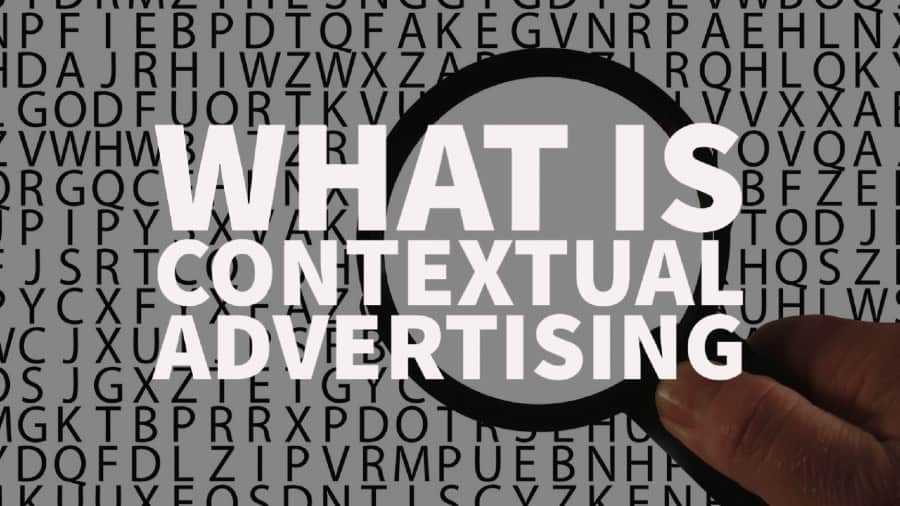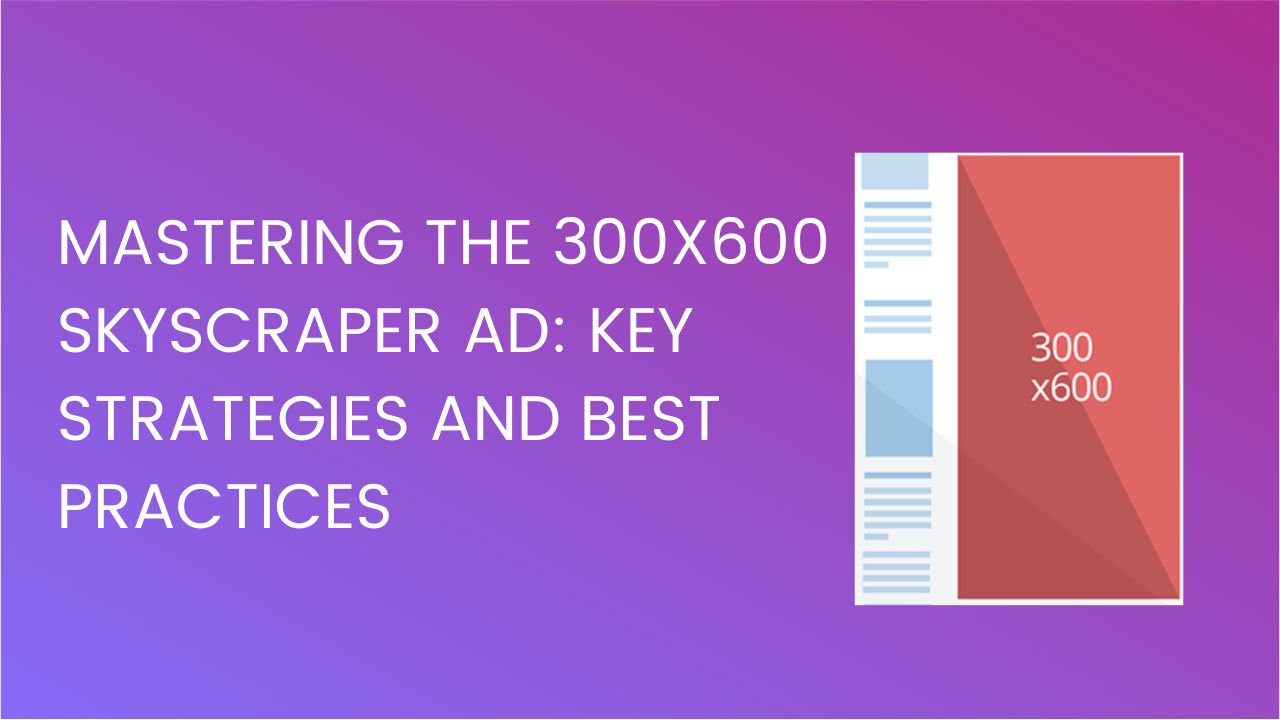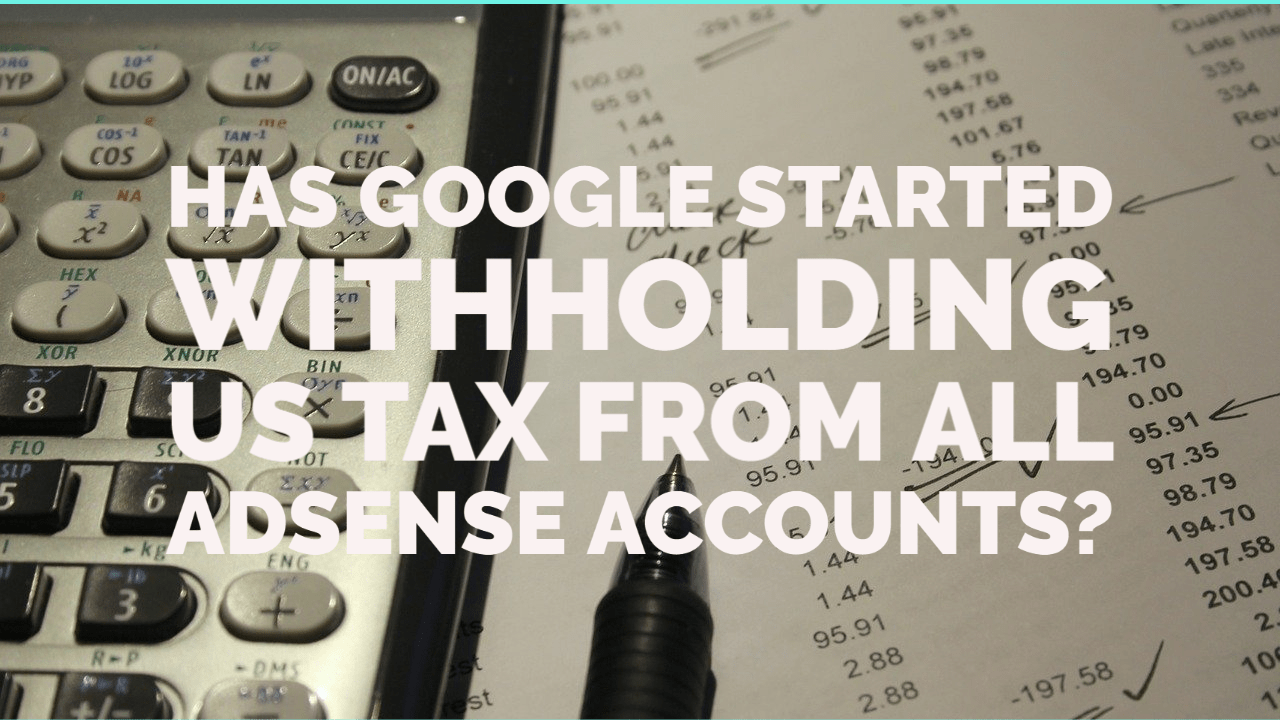
Contextual Advertising is a way of placing advertisements on a web page with regards to the content of that page. An automated system is required that targets ads by analyzing the context of what a user is looking at. It crawls the keywords on a page and returns the ads related to those keywords in a traditional system. Google Adsense is considered the first platform of contextual advertising.
For instance, if you visit a soccer new site, you might see ads related to stores selling footballs or other soccer-related accessories. Similarly, in the book’s section of a site, you might see ads for reading glasses. In this way, the contextual advertising system analyzes the content on the page and then delivers the ads accordingly.
This form of advertising has really helped many websites boost their ad revenue. When advertisements are precisely targeted, they are very likely to be clicked by users and generate more revenue.
Contextual Advertising follows a series of steps to make sure that a user sees an ad relevant to the content in view. The generic steps that have to be followed to implement Contextual Advertising are listed below:
An advertiser has to define the campaign before ads can be placed on relevant web pages.
Various parameters can be selected for setting up contextual advertising. Some commonly used are topics and keywords.
Topics are defined as the superficial categories linked with the relevant advertising campaigns such as sports, health, technology, etc. Parameters can be defined in steps from general to specific. For example, firstly, sports can be defined, and then soccer, cricket, and other types of sports can be defined under the general categories.
Keywords are used for more specific targeting inside topics. Google recommends placing both keywords and negative keywords for accurate targeting when advertisers set up campaigns.
A blend of both topics and keywords should be used for precise and accurate targeting.
As soon as the ad request is sent, an advertising system aligns the campaigns with the keywords defined on a web page.
The defined topics and keywords are considered before an ad is selected to be served. It works sequentially. If an ad is aligned with the topic but is not relevant to the keywords, it won’t be selected.
There are options in the Advertising System to choose between broad or specific reach. If broad is selected, ads will be selected based on topics. On the other hand, specific reach ensures that keywords are matched before an ad is selected.
After the Advertising System completes the analysis discussed above, an ad is served on the web page.
Finally, performance metrics are used to check if an advertising campaign has a good conversion rate. If not, the targeting parameters are revised for the upcoming campaigns to make sure that the conversion rate stays up to the defined threshold.
Understanding the ins and outs of digital advertising will help you become a successful publisher. However, there is still much more to learn. That’s why we’ve created PubGuru University! With PubGuru University we teach you using step-by-step video lessons how to master your ad inventory and maximize your ad revenue. Are you ready to take control of your publisher business? Enroll today!

Kean Graham is the CEO and founder of MonetizeMore & a pioneer in the Adtech Industry. He is the resident expert in Ad Optimization, covering areas like Adsense Optimization,GAM Management, and third-party ad network partnerships. Kean believes in the supremacy of direct publisher deals and holistic optimization as keys to effective and consistent ad revenue increases.



10X your ad revenue with our award-winning solutions.